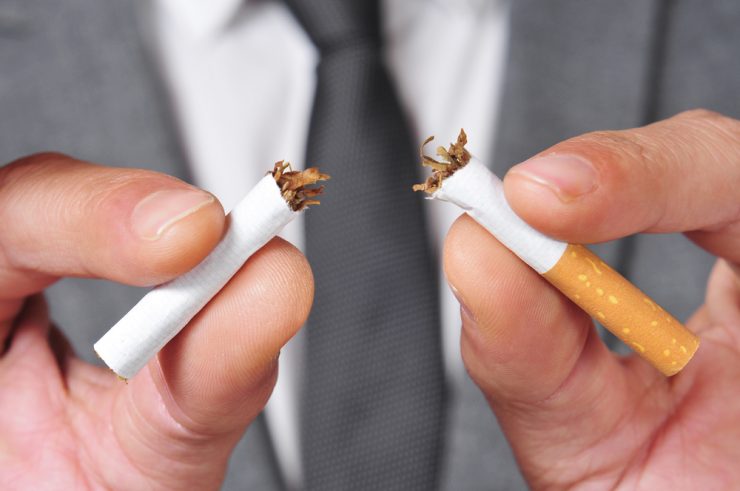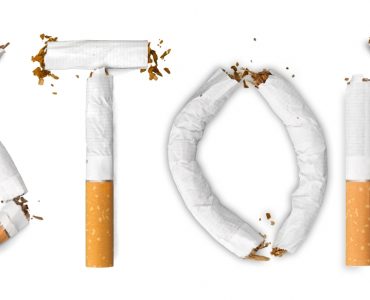A common misconception among smokers and non-smokers alike is that smokers who do not inhale have a lesser chance of developing cancer than smokers who do inhale. The American Cancer Society has done studies on tobacco use and oral health and reports that around 90 percent of oral cancer patients are tobacco users. Smokeless tobacco users have a 50 times greater risk for oral cancers than someone who does not use tobacco products.
The risk increases with the length of time and the frequency of use. Oral cancer patients who continue to use tobacco products after being cured face almost a 40 percent chance of developing cancer a second time. Smokers who switch from smoking to using smokeless tobacco are much more likely to die of cancer, strokes and heart attacks. The culprit here is nicotine.
When smokeless tobacco is used, small amounts of nicotine are continuously travelling to the brain, causing new blood vessels to form. The increased blood flow and tangle of vessels greatly increases the risk of many different types of cancers as well as the possibility of coronary disease, heart attack and stroke.
Quitting now, regardless of how long a person has used tobacco products, will decrease the risk of disease. Studies indicate that with every passing year the risk lowers until about the tenth year, when the risk is about equal to that of people who have always been smoke-free.
Dental professionals and physicians will be able to help with the process by prescribing medications. Some hospitals and clinics offer classes to help break the habit. In addition, information on support groups should be available at local hospitals.












